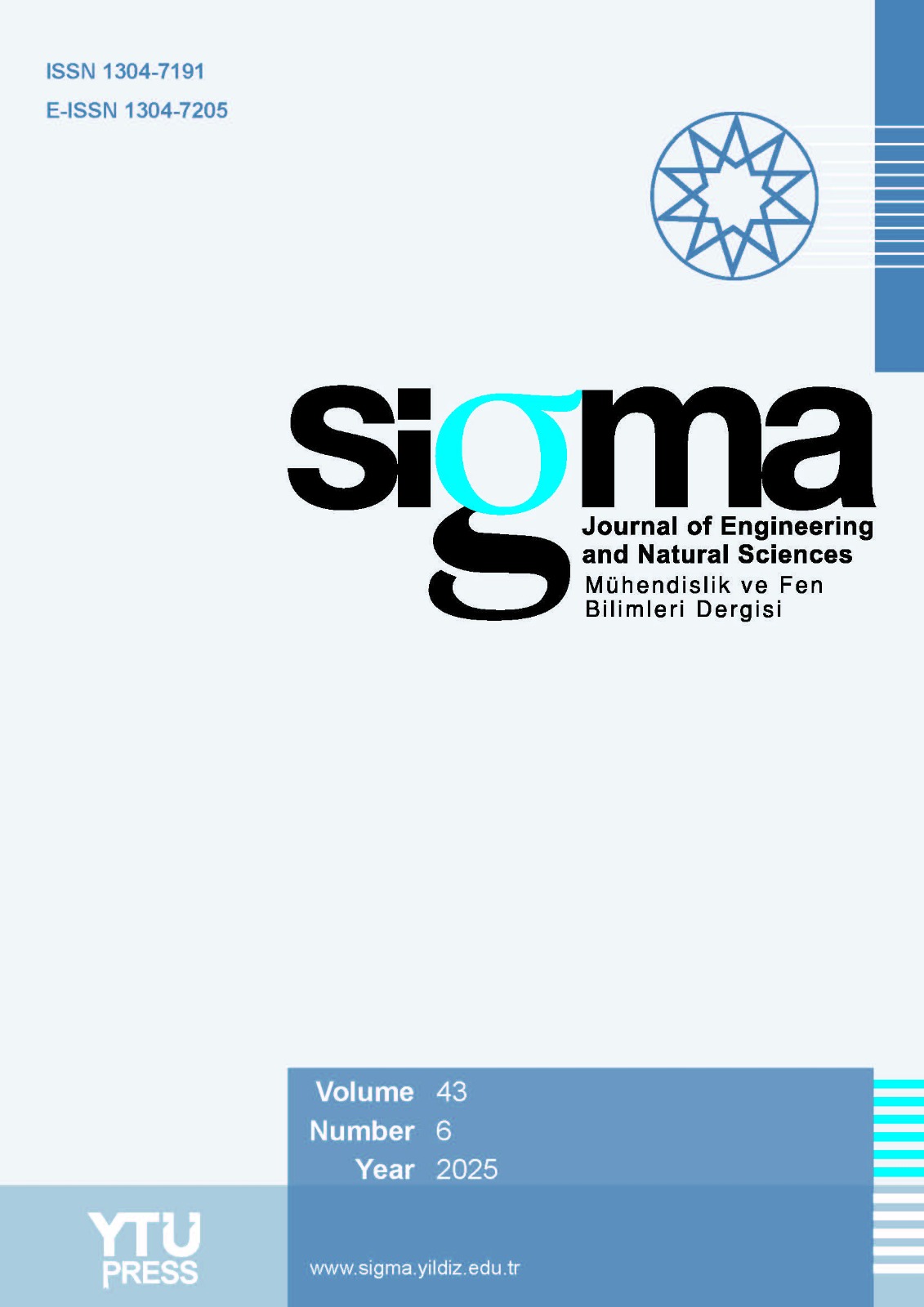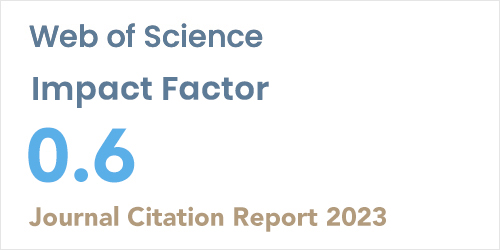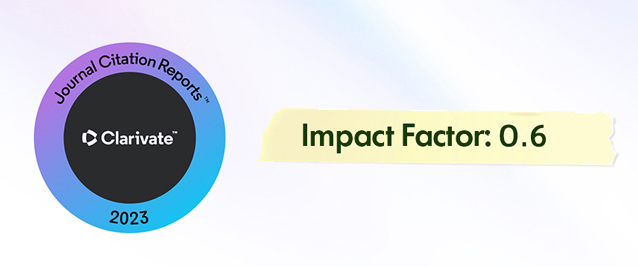2Department of Mathematics, GITAM Deemed to be University, Hyderabad, 500081, India.
3Department of Mathematics, School of Computer Science and Artificial Intelligence, SR University, Warangal, 506371, India
4Department of Mathematics, St. Ann’s College for Women, Hyderabad, 500028, India
Abstract
The hybrid nanofluid (HNF) is widely used in manufacturing industrial applications because of its outstanding property of increasing the heat transfer process.The objective of this study was to measure the visco-elastic hybrid nanoliquid’s flow patterns, heat, and mass transfer behaviors in the presence of a porous media and a magnetic field.Applicationsof this current study may be found in various Industries which include advanced cooling systems in electronics, enhanced lubrication in machinery, and improved heat transfer in aerospace engineering. Water is used as the host fluid when alumina-copper nanocomponents are used. Our system’s leading PDEs are transformed into ODEs with the use of common similarity transformation. Subsequently, the ODEs were resolved using the RK-4 based shooting technique along with the Matlab program. The effects of pertinent parameters on fluid mass and heat transmission have then been discussed in support of the graphical and tabular approaches.The current study finds that with increased values of all the parameters, fluid velocity increases. It is predicted that with an increase in the elastic number of the Upper Convected Maxwell (UCM) hybrid fluid, the boundary layer will shrink and the wall skin friction coefficient will decrease.














